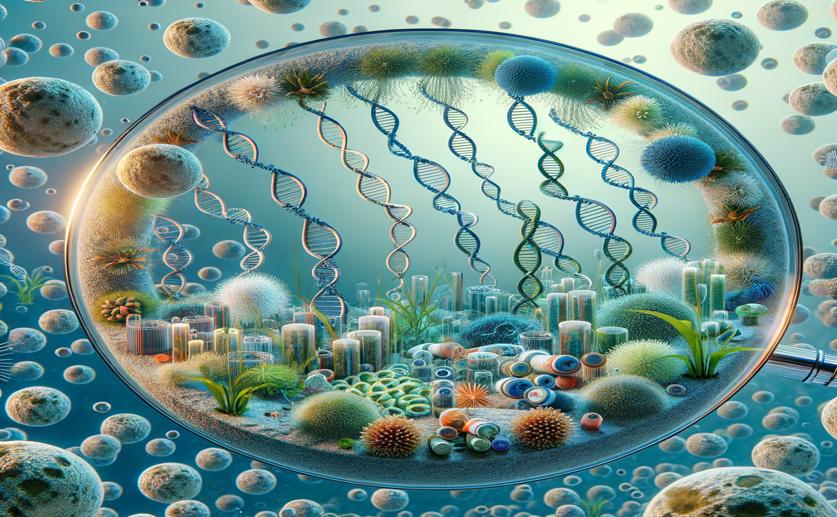
Comparing DNA Regions to Identify Ocean Microalgae Communities
Jim Crocker
21st March, 2024

Image Source: Natural Science News, 2024
Key Findings
- Study from Victoria University of Wellington shows V9 gene region captures more diversity in marine microalgae
- V9 results align well with traditional microscopy, making it effective for monitoring marine biodiversity
- V4 region is useful for detailed study of dinoflagellates, which can cause harmful algal blooms
References
Main Study
1) A comparison of two gene regions for assessing community composition of eukaryotic marine microalgae from coastal ecosystems.
Published 18th March, 2024
https://doi.org/10.1038/s41598-024-56993-4
Related Studies
2) Metabarcoding the Antarctic Peninsula biodiversity using a multi-gene approach.
3) Genetic Markers for Metabarcoding of Freshwater Microalgae: Review.
4) The effect of metabarcoding 18S rRNA region choice on diversity of microeukaryotes including phytoplankton.



 7th March, 2024 | Jenn Hoskins
7th March, 2024 | Jenn Hoskins